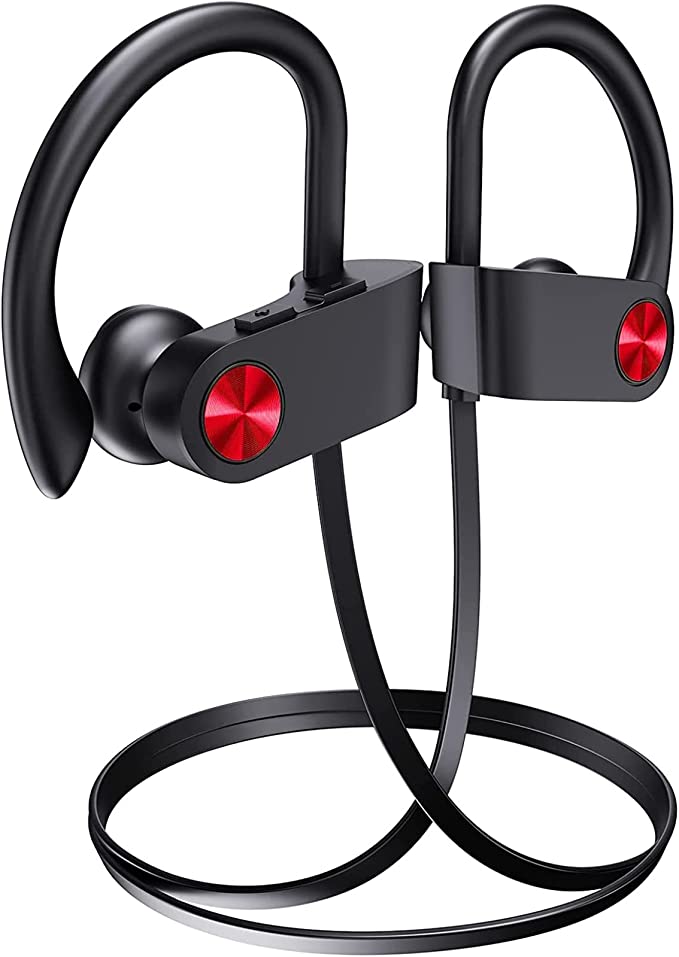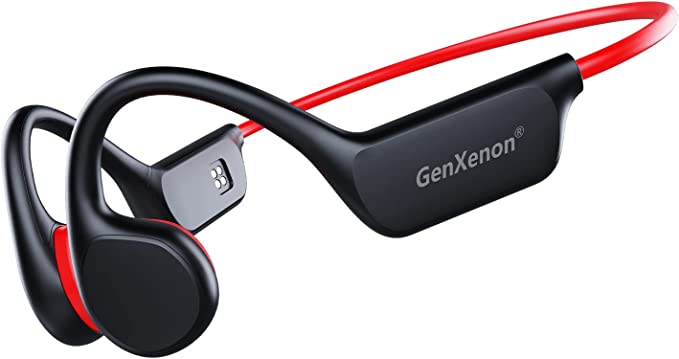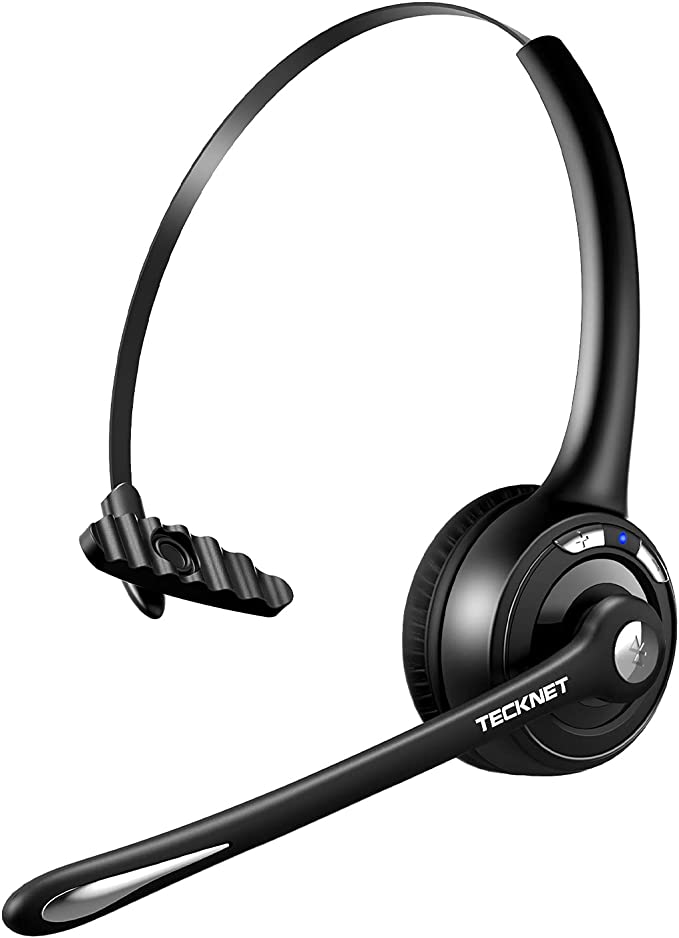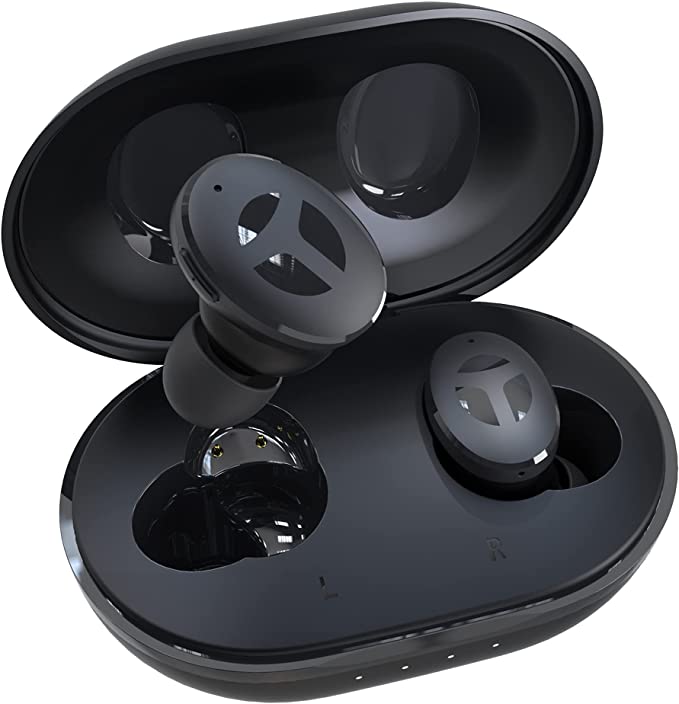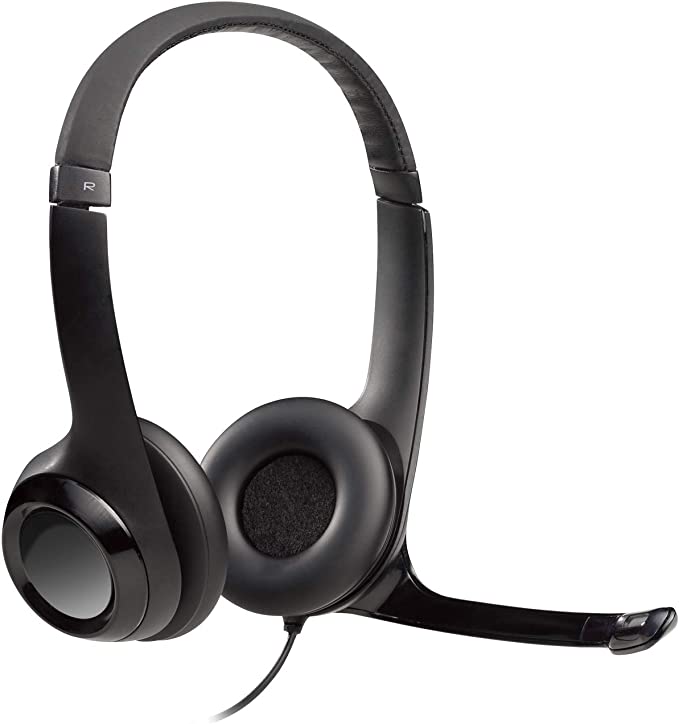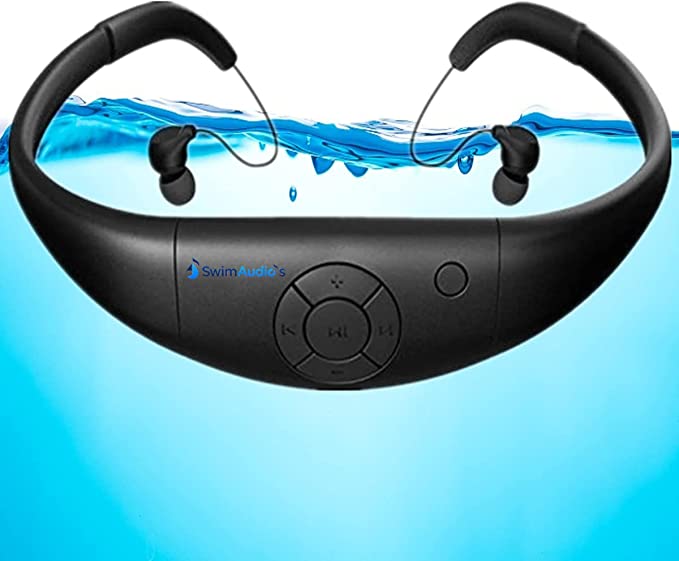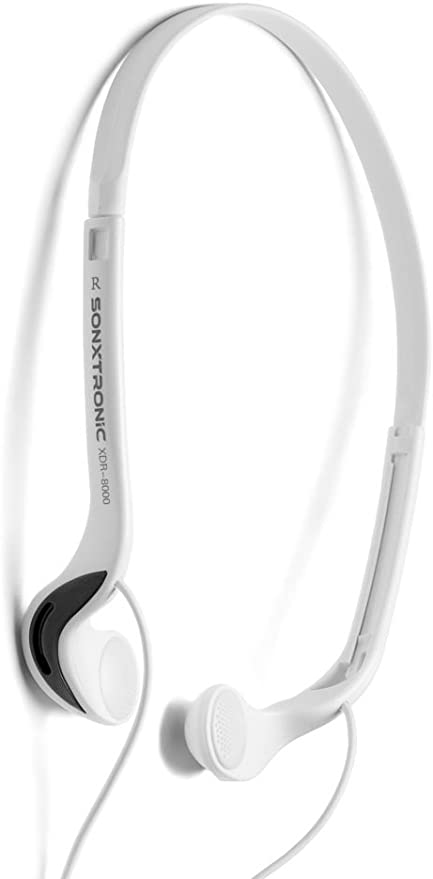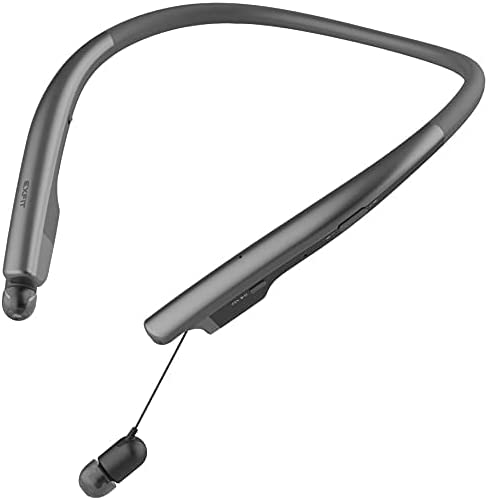From Hollywood Star to Stage Hero: The Secret WWII Tech Behind Flawless Live Event Comms
Update on July 15, 2025, 8:51 a.m.
The air is thick with a strange brew of ozone, sweat, and anticipation. Ten thousand people hold their breath, a collective silence before the roar. Backstage, in the dim, cable-snaked world behind the curtain, a stage manager raises a small, black radio to their lips. The next five seconds are a tightrope walk over a chasm of potential chaos. Every lighting cue, every audio trigger, every performer’s entrance hinges on a single, whispered word: “Go.”
Will that word slice cleanly through the electronic blizzard generated by a hundred thousand watts of lighting, a constellation of video walls, and the sea of smartphones in the audience? Or will it dissolve into a burst of static, a garbled command that leaves the stage frozen in silence? The success of this multi-million-dollar spectacle, the culmination of months of creative work, rests on the integrity of that one-word transmission. And the technology that ensures its clarity has a story that begins not in Silicon Valley, but in the glamour of Hollywood’s Golden Age, with one of the most brilliant and unexpected inventors of the 20th century.

The Unlikely Inventor and Her Secret Weapon
Her name was Hedy Lamarr. To the world, she was a screen siren, an exotic and iconic face of 1930s and ’40s cinema. But beneath the Hollywood veneer was a mind crackling with restless ingenuity. An Austrian émigré who had fled a controlling husband involved in munitions, she possessed a keen, self-taught understanding of military technology. During the height of World War II, driven by a desire to contribute to the Allied war effort, she turned her focus to a critical problem: German U-boats were easily jamming the radio signals used to guide Allied torpedoes.
Collaborating with the avant-garde composer George Antheil, Lamarr devised a solution of breathtaking elegance. Drawing inspiration from Antheil’s work with synchronized player pianos, they conceptualized a “Secret Communication System.” Their U.S. Patent No. 2,292,387, granted in 1942, described a method where the radio transmitter and receiver would be synchronized to jump between frequencies in a seemingly random pattern, known only to them. For an enemy trying to listen in or jam the signal, it would be like trying to catch a single leaf in a whirlwind. They had invented Frequency-Hopping Spread Spectrum (FHSS).
While the technology was too far ahead of its time for the U.S. Navy to implement during the war, its genius was undeniable. That secret weapon, born from a movie star’s mind, is the very same core technology that now serves as the guardian of communication in the most demanding live entertainment environments.

The Science of a Ghostly Signal
So what exactly is FHSS, and why is it the perfect antidote to the chaos of a live event? Forget the idea of a radio sitting on a single, static channel. Instead, imagine your production team’s conversation is a phantom, refusing to stay in one place. A radio like the Motorola DLR1020 doesn’t transmit on Channel 1; it might use channel 54 for a few milliseconds, then jump to channel 23, then 71, then 12, hopping hundreds of times per second across a wide band of frequencies.
This constant, high-speed hop provides two profound advantages that are a stage manager’s dream:
First, it offers near-total immunity to interference. The 2.4 GHz and 5 GHz bands at any event are a warzone, crowded with Wi-Fi for mixing consoles, wireless DMX for lighting, and countless other signals. An old analog radio trying to hold its ground on one frequency is like someone trying to have a quiet conversation in the middle of a mosh pit. FHSS, by contrast, is the security guard that expertly weaves through the crowd. If it hops to a frequency that’s noisy or occupied, it’s only there for an imperceptible instant before it moves to a clear one. The result is a signal that remains robust and intelligible, even when surrounded by electronic noise.
Second, it provides inherent privacy. To eavesdrop on an FHSS conversation, a listener would need to know the exact, pseudo-random hopping sequence and be able to follow it in perfect sync—a near impossibility without the correctly programmed receiving radio. This means your sensitive production cues, last-minute changes, or private director’s notes remain confidential without the need for complex digital encryption keys.
Beyond Hopping: The Digital Mandate for Clarity
While FHSS provides the security, the pristine clarity of that “Go” command comes from another fundamental shift: the move from analog to digital. For anyone who has worked in pro audio, the difference is intuitive. Think of the warm, but ever-present, hiss of an analog cassette tape. That noise floor is always there, and the signal’s quality degrades with every copy. This is the world of analog radio—a continuous wave that picks up noise at every opportunity.
Digital communication, as found in the DLR1020, is more akin to a Compact Disc or a WAV file. Your voice is converted into a stream of binary data—ones and zeros. The receiving radio’s job isn’t to amplify a weak, noisy wave, but to simply read the data and perfectly reconstruct the original sound. This creates what engineers call the “cliff effect.” The audio is 100% clear right up to the very edge of its effective range. There is no slow, frustrating fade into a sea of static where you might mishear “cue the pyro” as “cue the lights.” You either hear the command perfectly, or you hear nothing at all. In a world of split-second timing, this binary certainty is invaluable.

The Modern Instrument: A Legacy in Your Hand
This powerful legacy of invention and innovation is embodied in the tools we use today. When a device like the Motorola DLR1020 is designed, it’s not just about packing in features; it’s about solving real-world problems for professionals. Its operation on the 900MHz ISM band gives it a dedicated, license-free highway to operate on in North America, away from the even more congested 2.4 GHz band.
Its adherence to MIL-STD-810G standards isn’t a hollow boast. It means the device has been independently tested to withstand the brutal reality of life on the road—surviving drops from a lighting truss, vibrations in the back of a tour truck, and extreme temperatures from a sun-baked festival stage in August to a loading dock in a January snowstorm. When all this technology is packed into a lightweight 4.2-ounce body designed to be worn comfortably for a 14-hour day, it becomes more than a radio. It becomes a trusted instrument.
To return to our opening scene, the stage manager’s “Go” cuts through the noise, received with perfect clarity by the lighting director, the sound engineer, and the effects technician. The show ignites in perfect synchrony. The audience roars, oblivious to the invisible web of communication that made the magic possible. They don’t need to know that the seamless experience they’re witnessing is a direct descendant of a secret, wartime invention from a Hollywood movie star. But we, the architects of that experience, should. Because it reminds us that the pursuit of a flawless performance is about mastering every detail, right down to the fundamental act of communication—the unsung hero of the perfect show.



